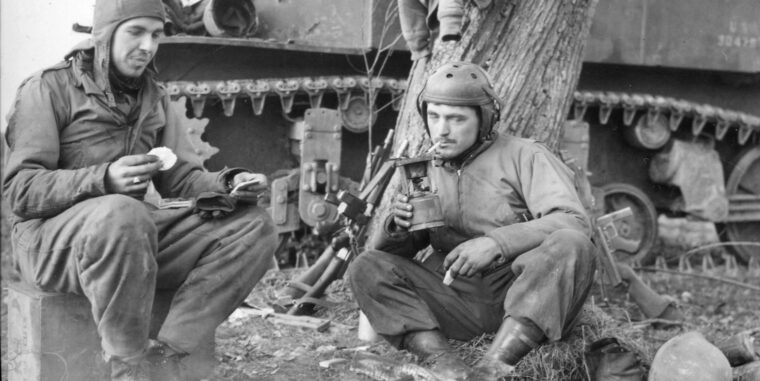
Axis
K Rations Created the World’s Best Fed Army
By Richard BerantyK Rations remain one of the great icons of World War II. Soldiers either loved them or hated them. Read more

Axis
K Rations remain one of the great icons of World War II. Soldiers either loved them or hated them. Read more
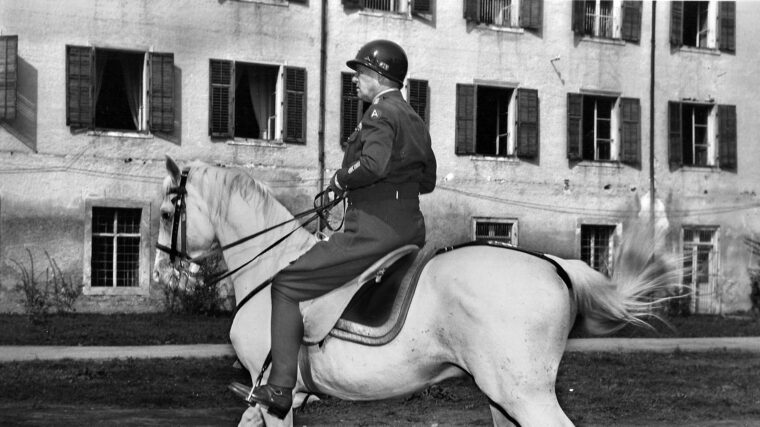
Axis
The October light was beginning to fade as the U.S. Army limousine sped along the autobahn in the American Zone of Occupied Germany. Read more
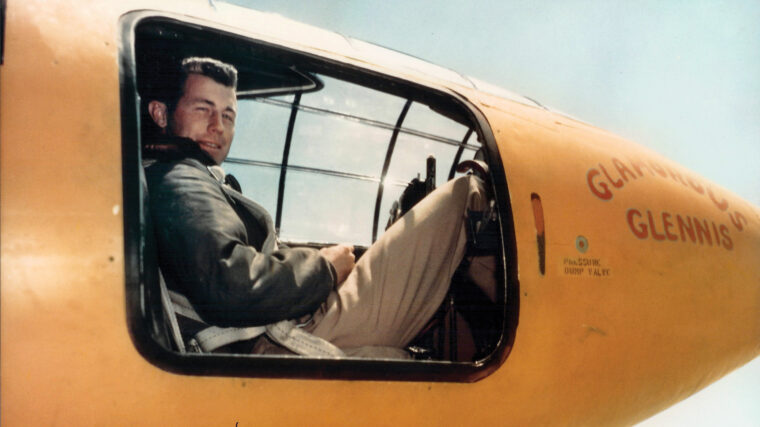
Axis
Major General Charles “Chuck” Yeager, United States Air force (Ret.), was one of a handful of people who could rightly claim the title “living legend.” Read more
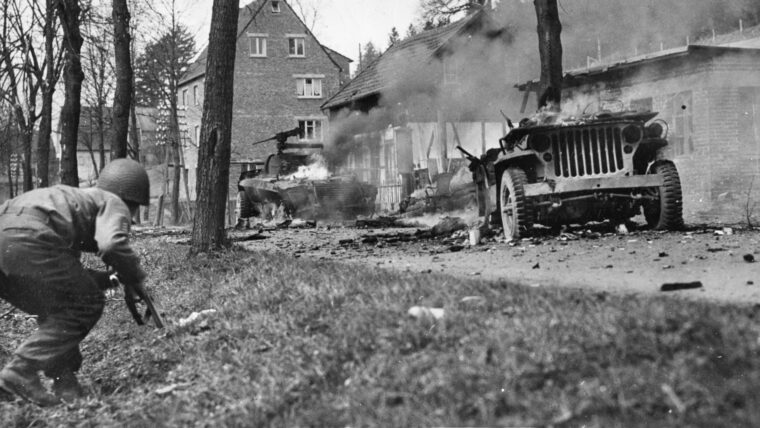
Axis
The Messerschmitt Bf-109 fighter plane dove out of the sky with machine guns firing. The pilot’s target—a pontoon bridge being stretched across Germany’s Werra River by American engineers. Read more
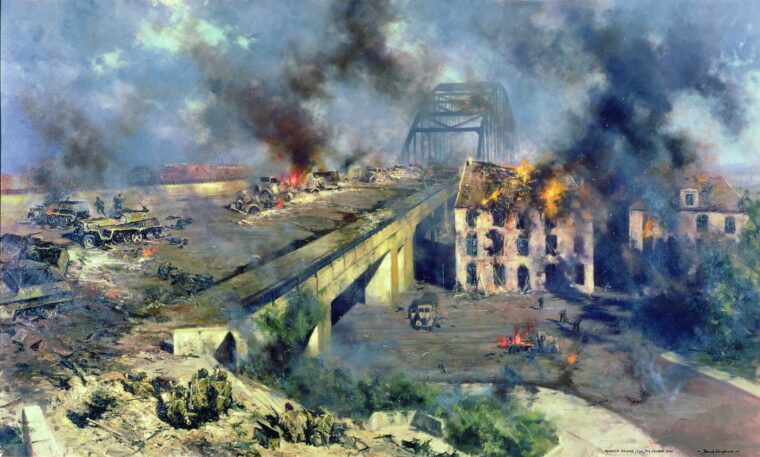
Axis
Q: Could you give us a little personal background before we talk about your war experiences?
SIMS: I was born on April 29, 1925, at Sheffield in Yorkshire. Read more
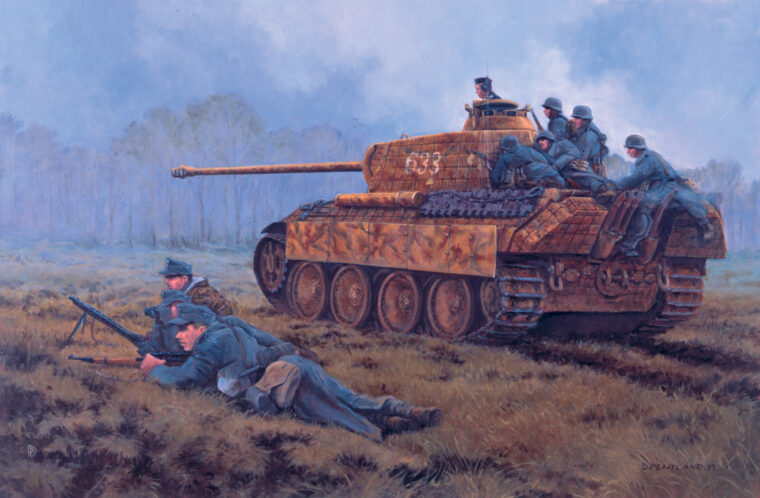
Axis
“Where is Steiner?” Adolf Hitler demanded as his Thousand Year Reich crumbled around him in April 1945. “Is he attacking yet?” Read more
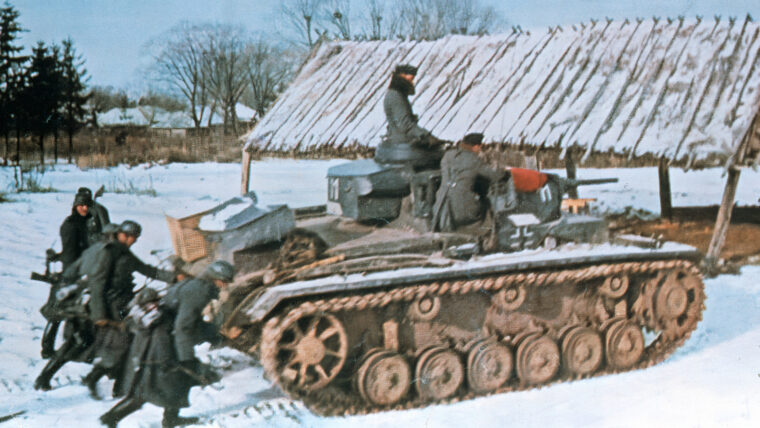
Axis
Early in December 1941, Operation Typhoon, the German drive on Moscow, withered in the face of tenacious Soviet resistance and one of the worst Russian winters in living memory. Read more
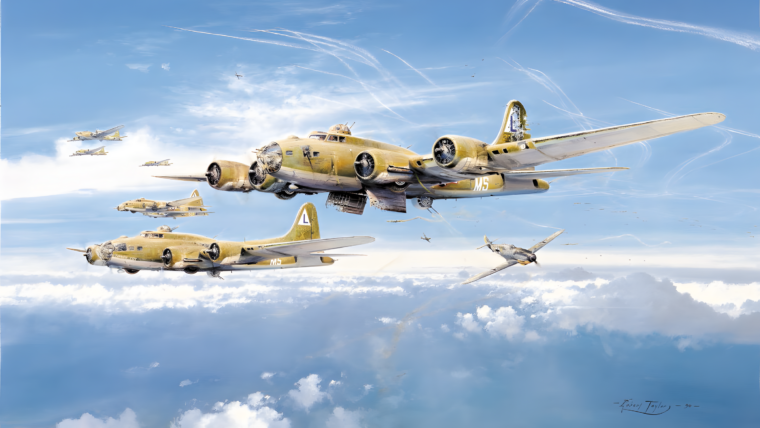
Axis
In early 1942, the U.S. Eighth Air Force arrived in England firmly entrenched in the belief that continuous and accurate daylight precision bombing was the only way to decisively crush German industrial capacity. Read more
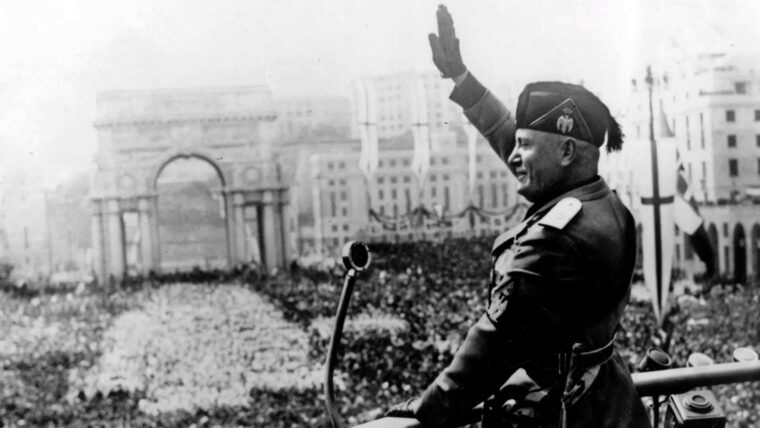
Axis
It was shortly before seven o’clock on the rain-drenched morning of April 27, 1945, the day before the death of Italian dictator Benito Mussolini. Read more
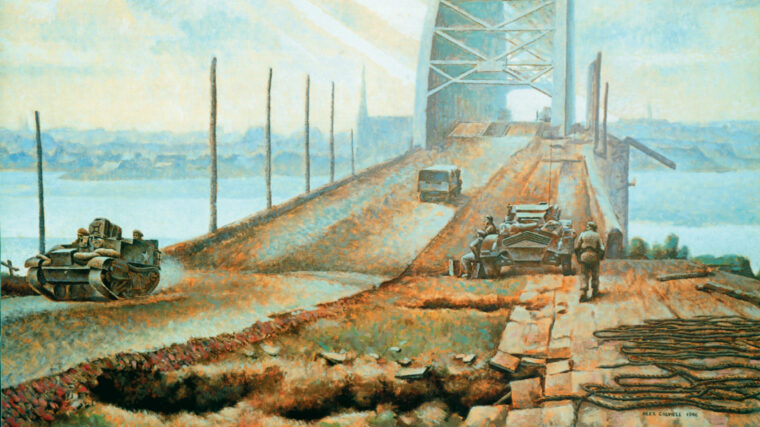
Axis
“In the years to come everyone will remember Arnhem, but no one will remember that two American divisions fought their hearts out in the Dutch canal country,” wrote U.S. Read more
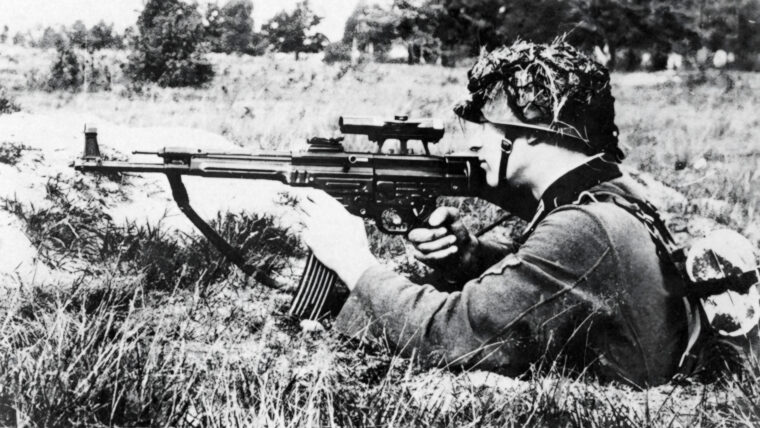
Axis
With the conflict in Iraq, combat photography is once again prevalent in the media, and it would be impossible to miss images of U.S. Read more
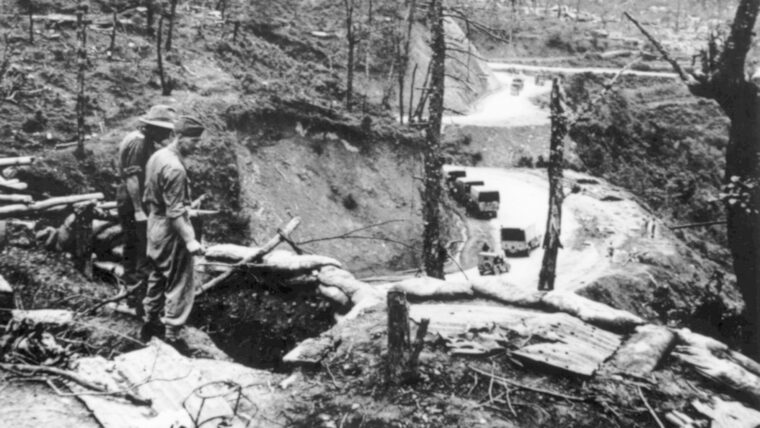
Axis
The two regiments from the county of Kent, down in southeastern England, are of both ancient and honorable lineage. Read more
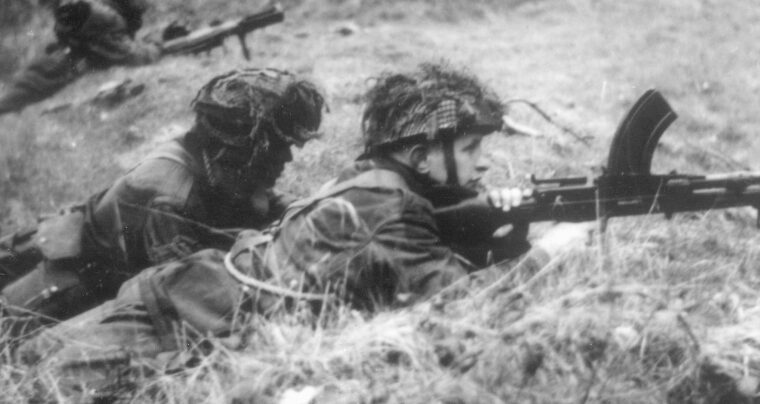
Axis
In the hut no one spoke, no one joked. The assembled British and Canadian paratroop commanders awaited the briefing from their brigade commander on their next major operation. Read more
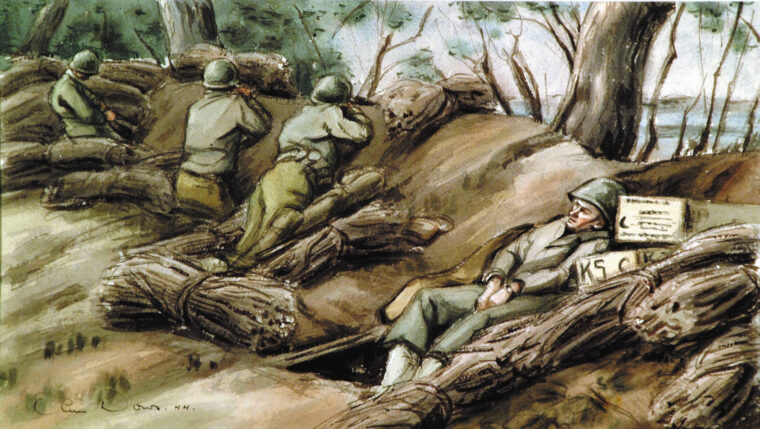
Axis
In the late afternoon of July 18, 1944, in what was left of the main square of battle-scarred St. Read more
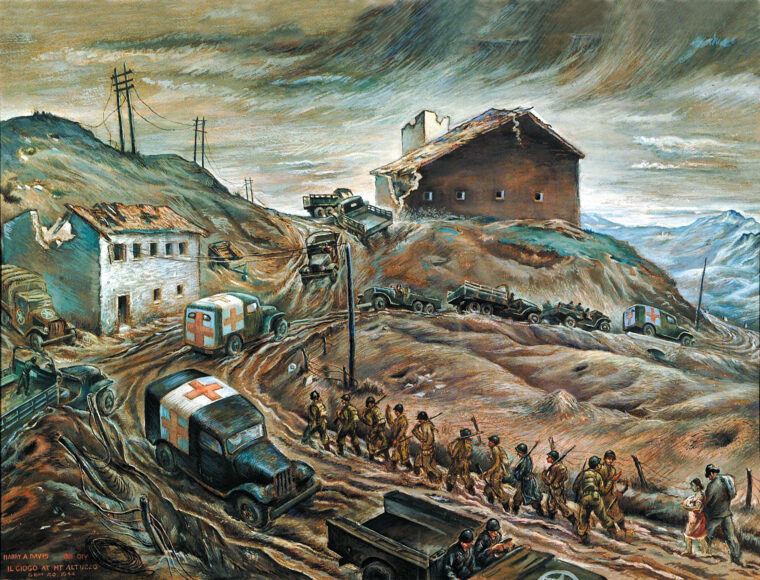
Axis
The U.S. 85th Infantry Division was one of the Allied workhorses in Italy during World War II. Read more
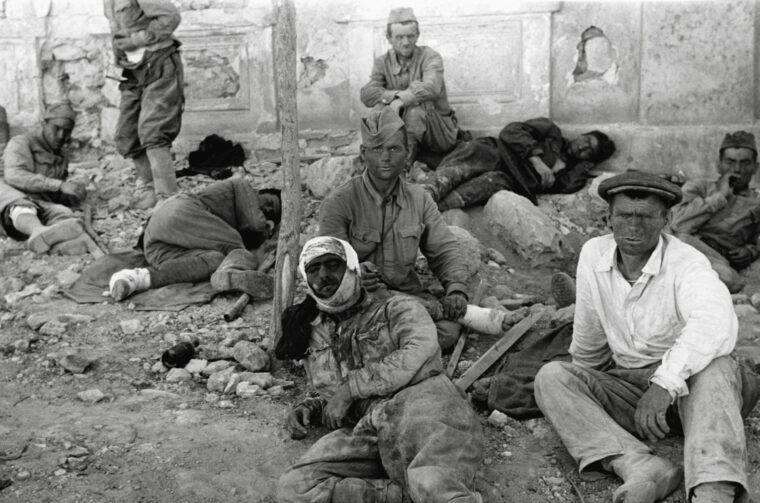
Axis
By late October 1941, the armies of the Third Reich had swept deep into western Soviet Russia. Read more
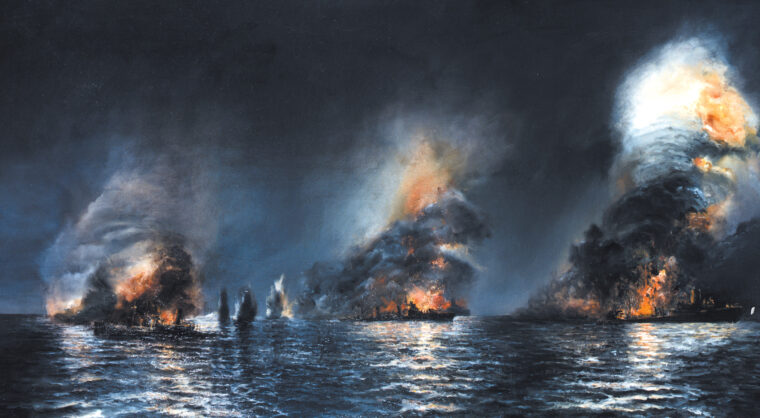
Axis
During World War II, the United States employed 288 submarines, the vast majority of which raided Japanese shipping in the Pacific, thus preventing the enemy’s vital supplies and reinforcements from reaching the far-flung island battlefields. Read more
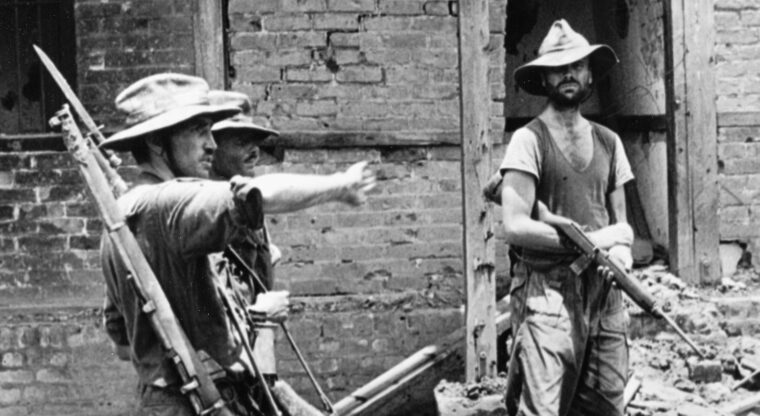
Axis
The English officer studied the Burmese river and its surroundings. The area seemed quiet, for the moment peaceful. Read more
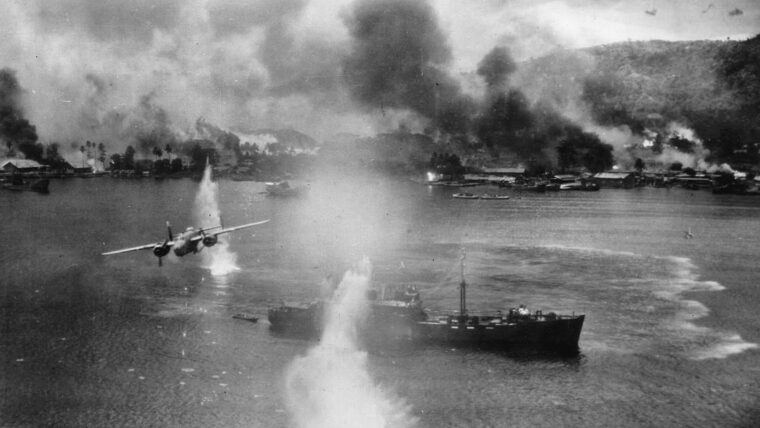
Axis
In some historical circles, a mistaken impression has developed that the U.S. Navy’s Task Force 38 launched the aerial offensive on the Japanese stronghold at Rabaul, New Britain, that ultimately rendered the base useless. Read more
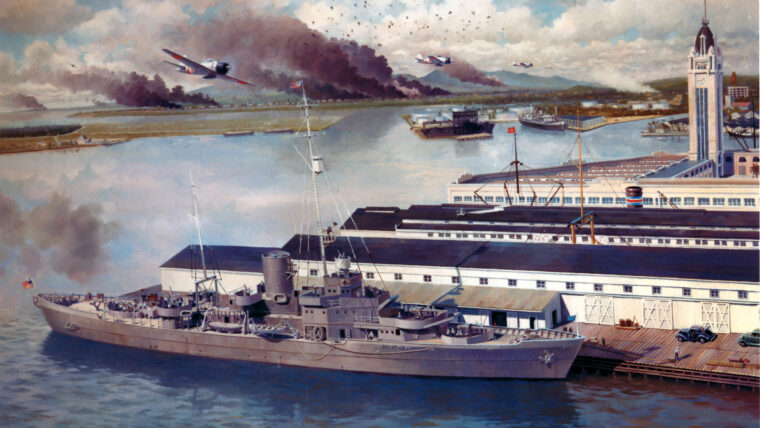
Axis
Built in the mid-1930s as one of the famed Treasury class of large U.S. Coast Guard cutters, USCGC Taney had a distinguished career spanning five decades of continuous service. Read more